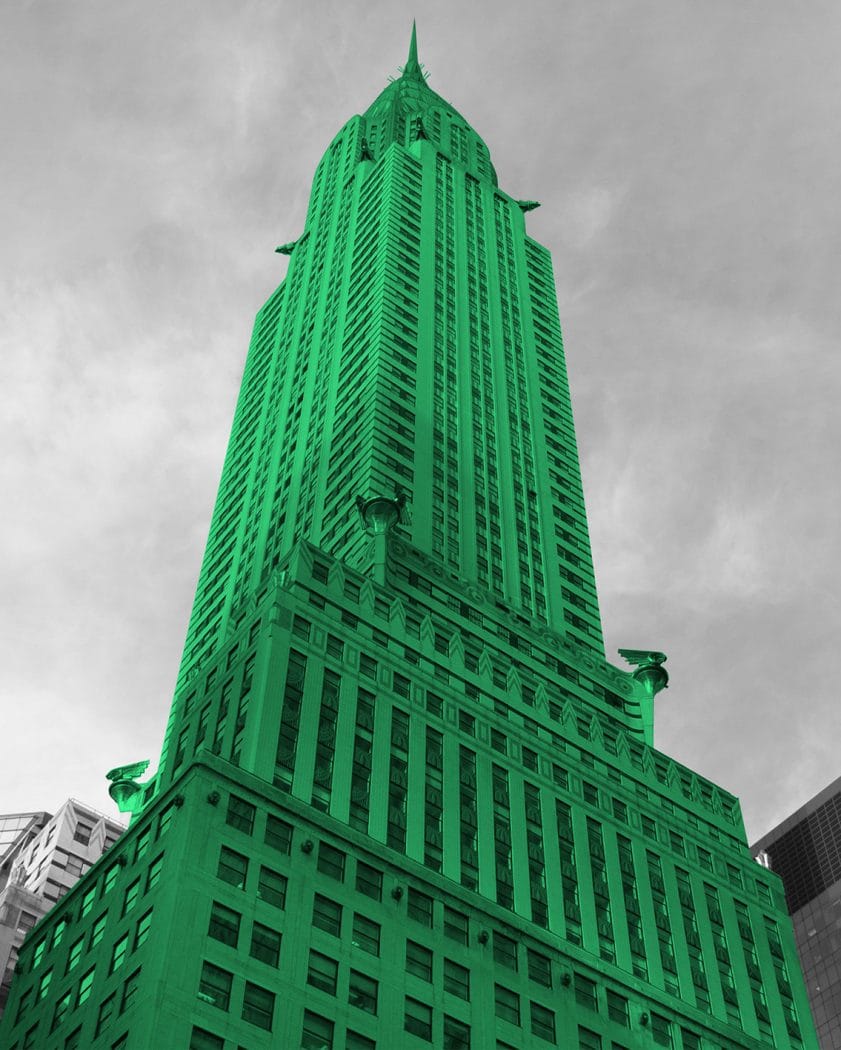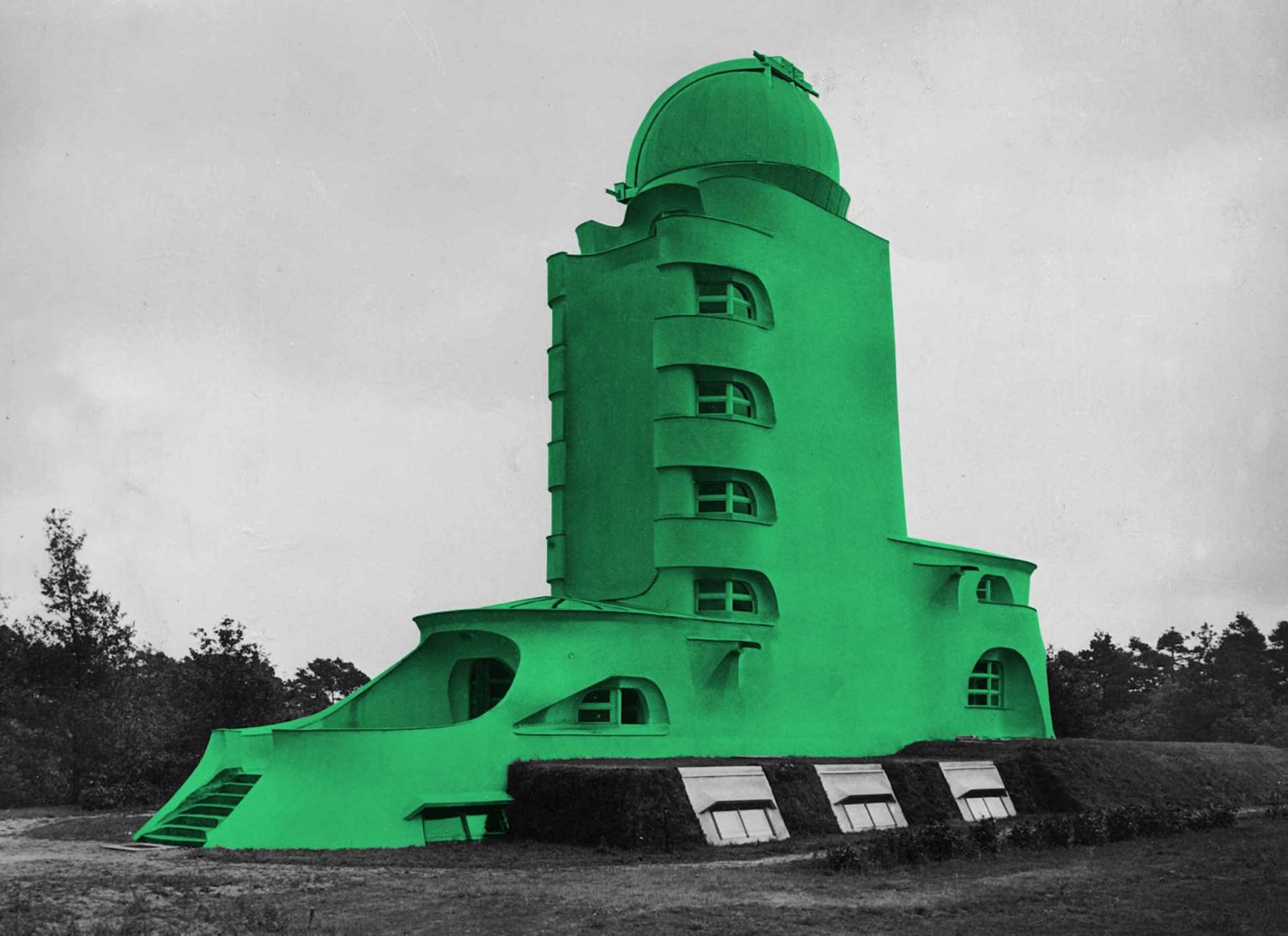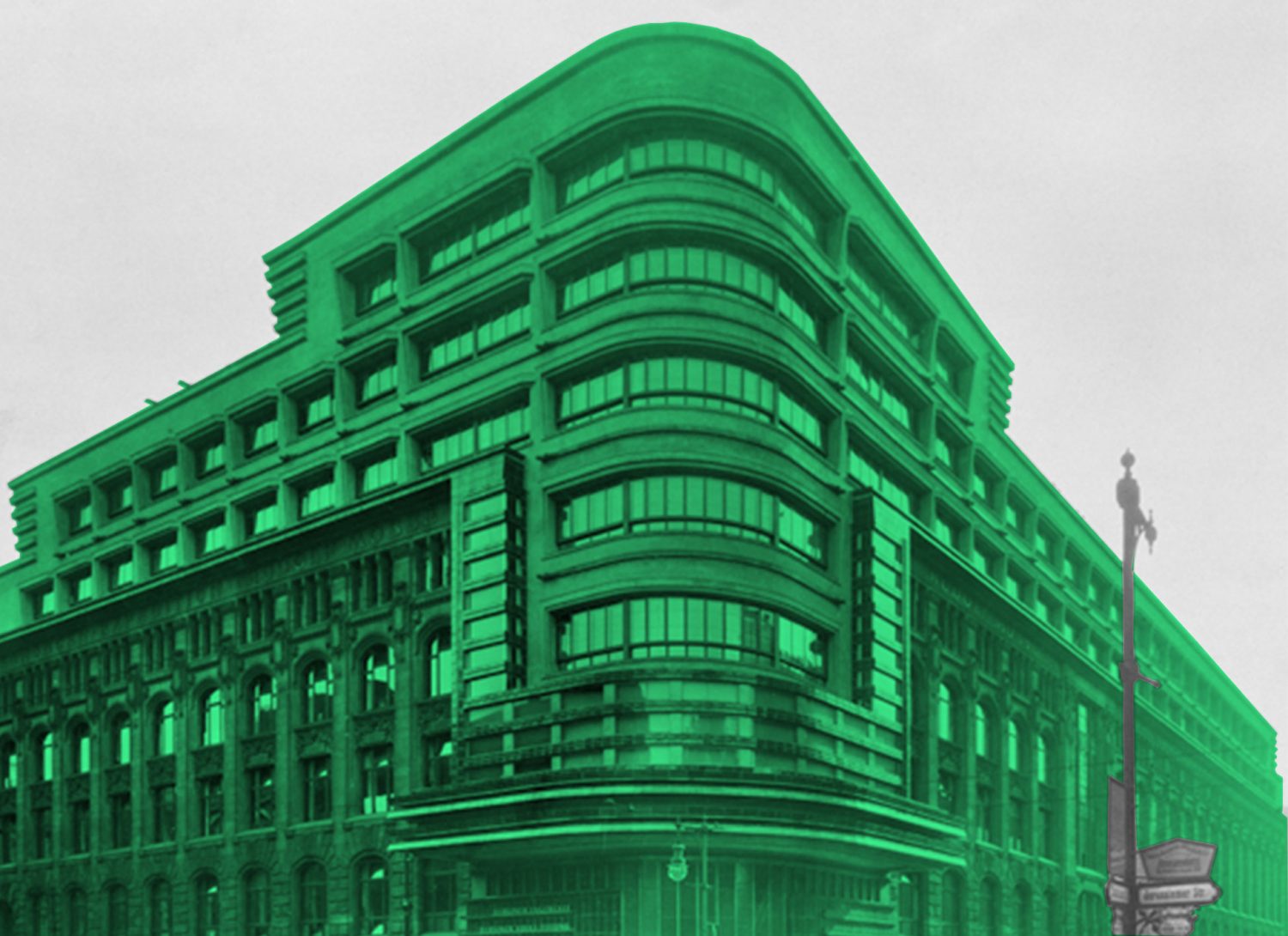INTERIOR
Raymond Loewy and the Sreamline Design #Raymond Loewy

The streamline movement represents one of the most significant moments in the history of American design. It was born in the early thirties, related to the transportation industry, with the technical trigger of achieving an aerodynamic shape that limited the resistance of air or water and increased the speed of cars, trains, ships and planes. But it finally included every kind of items and sizes in a clearly recognisable stylistic unity.
Among its many influences we can count Italian Futurism, with the utopic cities of Antonio Sant’Elia, and Expressionist architecture such as Eric Mendelsohn’s. It took from them the cult for speed, meant as a symbol of modernity, and an image born from the shaping of the item instead of the application of decorative patterns.
A reason why we give a streamlined shape to so many items, things that will never move (…) lies exactly in the dynamic quality that shows up in streamlined shapes, and that quality is characteristic from our age.Walter Dorwin Teague, Design This Day: The Technique of Order in the Machine Age, 1940
Streamline design quickly became a synonymous for modernity to the public’s eye and gave birth to one of the most characteristic buildings in New York’s skyline: the Chrysler Building, meaningfully linked to the car industry. However, its importance in architecture was ephemeral and it is mostly remembered for the work of designers such as Raymond Loewy and his locomotives for Pennsylvania Railroad or his Studebaker and Lincoln Continental cars. But Loewy’s work reached all the scales, from the corporate identity of brands like Lucky Strike to interiors such as TWA terminals.




